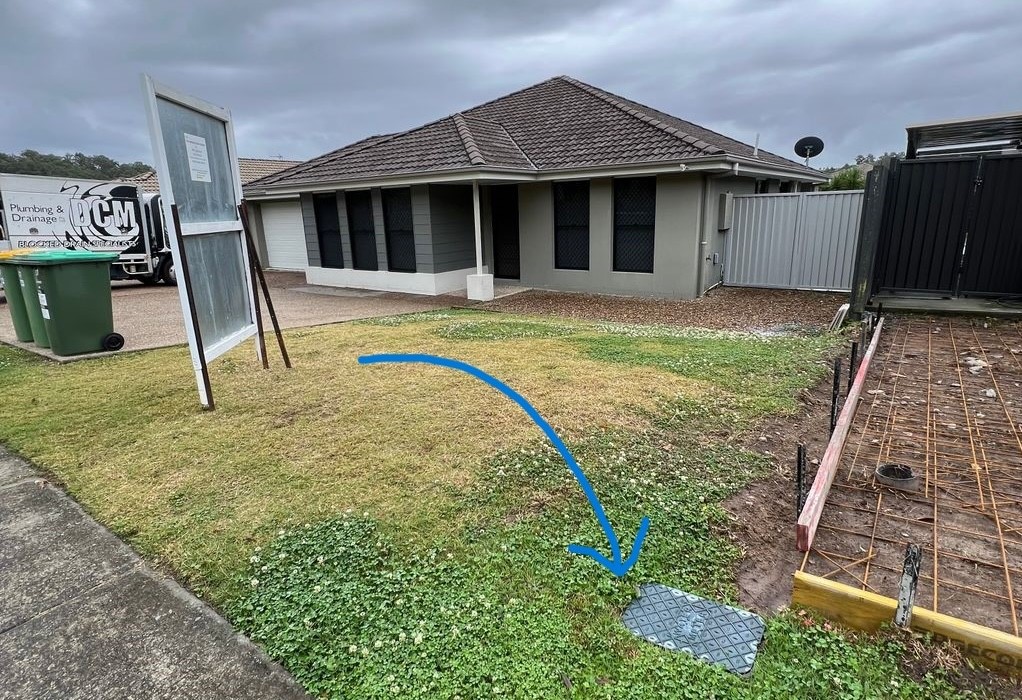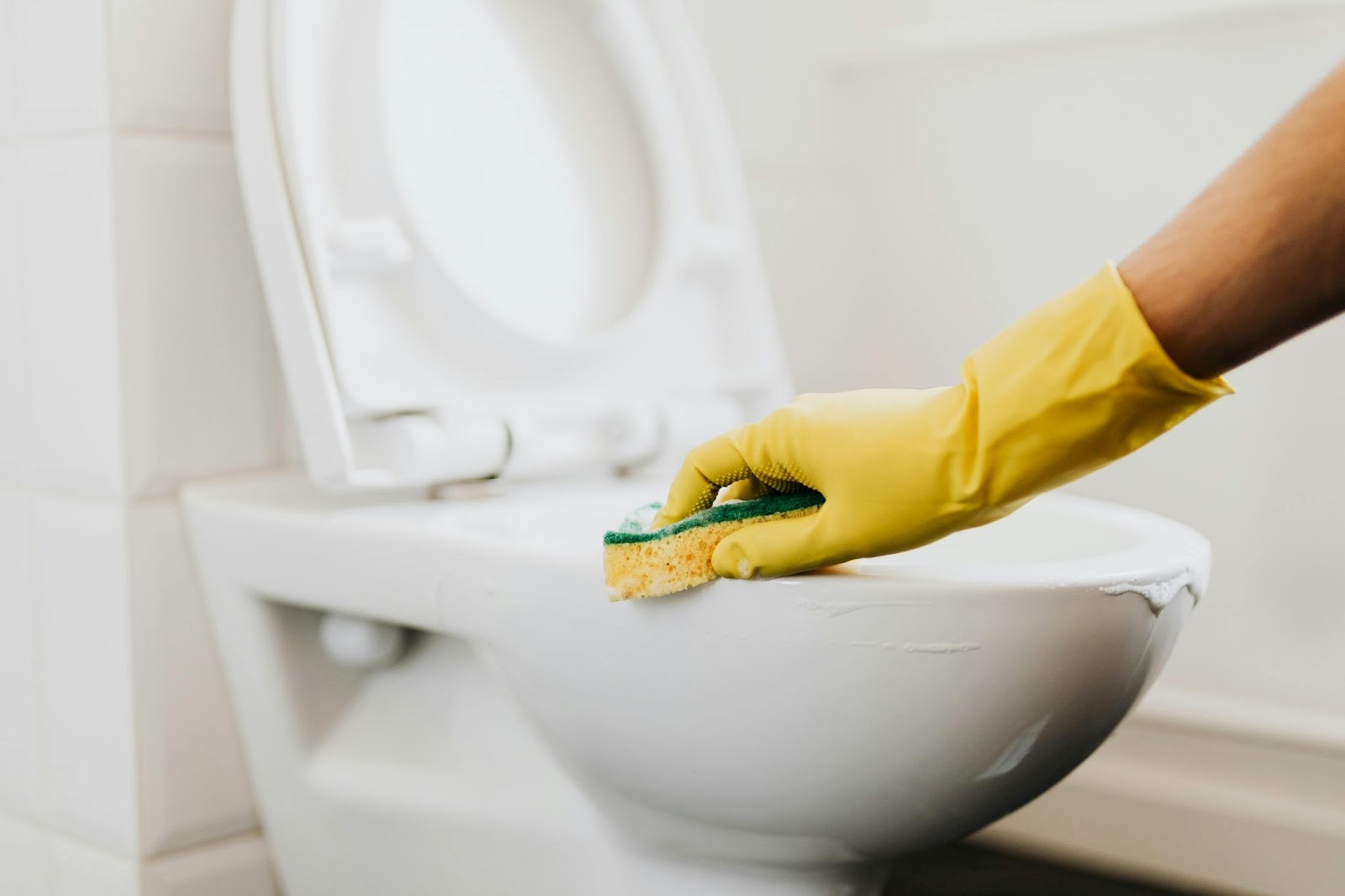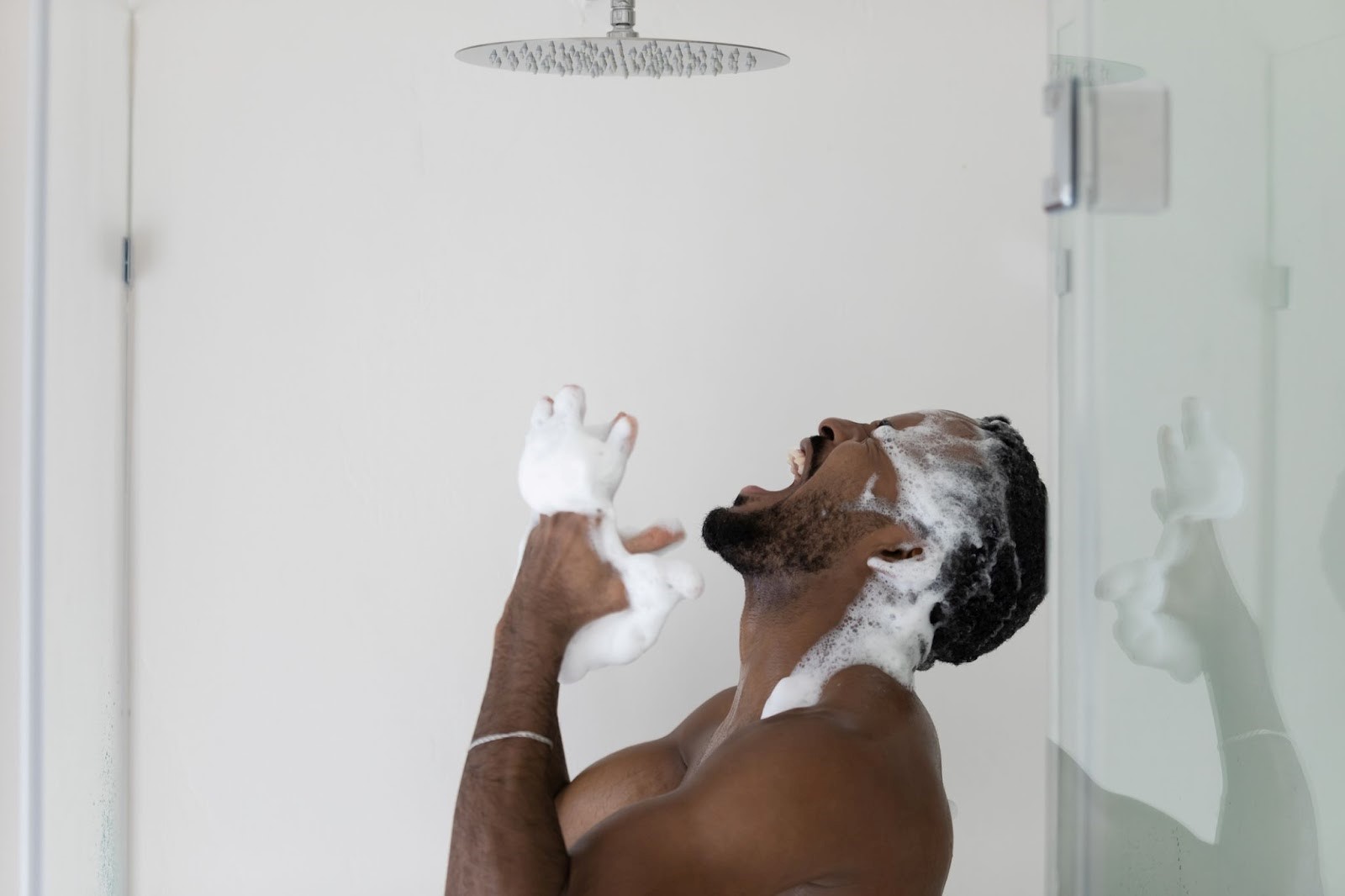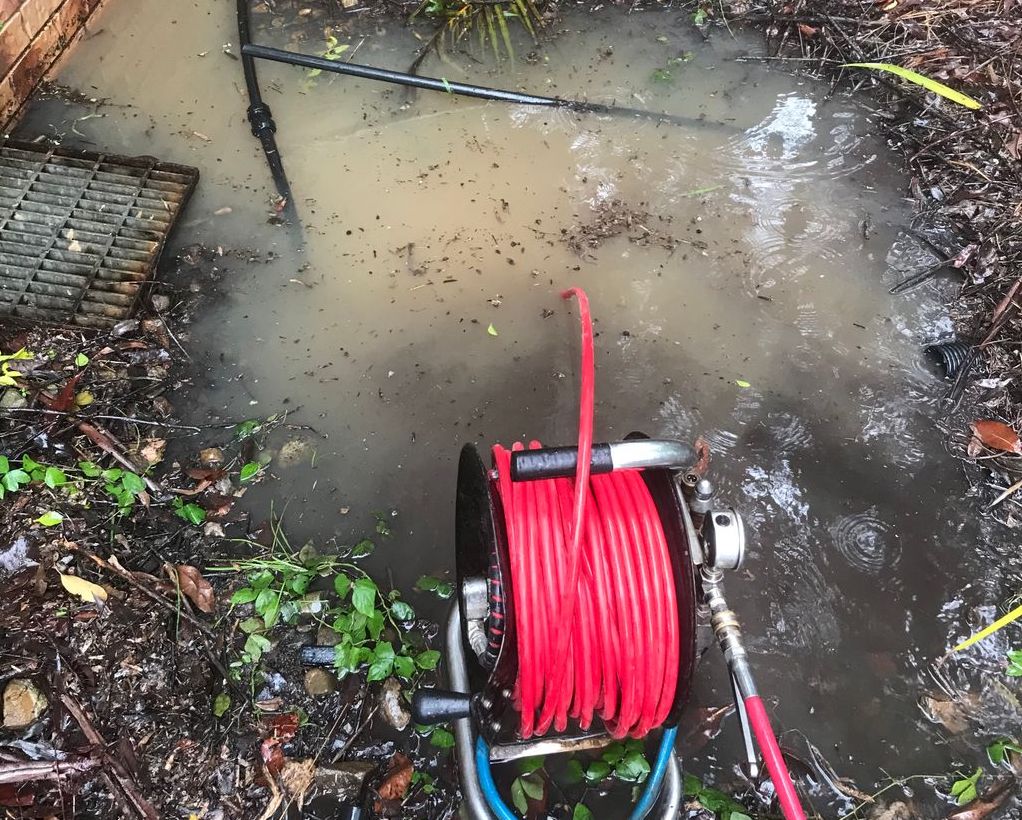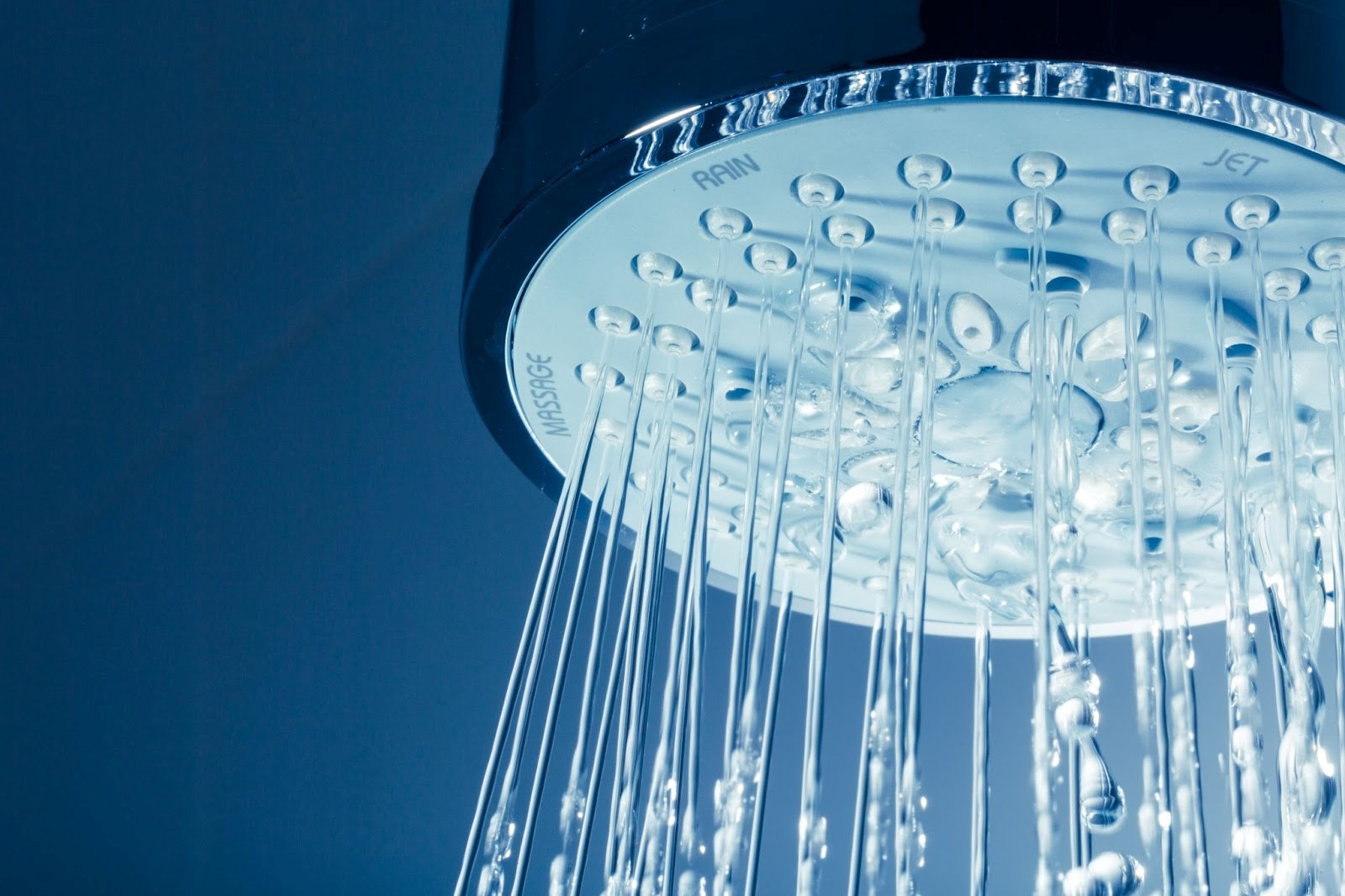Need to learn how to turn off the water to your house? Here are 4 easy steps to help you do it quickly and safely.
Step 1: Locate Your Water Meter
Your water meter is typically found in a black or green box in the nature strip outside your property. In some cases, it might be near the outer boundary of your property. If you live in a unit, apartment, or townhouse, you may not have an individual water meter outside, but there is most likely one inside.
Indoor Apartment Isolation Valves
If the isolation valve is inside, it is usually next to a toilet, under a laundry tub, or under the kitchen sink. This is a good thing to identify before an accident happens! In rare circumstances, there might not be a way to shut off the water to your individual unit and you might need to turn off the water for the whole building, or sometimes you might need assistance from body corporate or a professional plumber to turn off the water.

If it’s an emergency such as a burst flexi pipe, just turn off the water and ask for forgiveness later – people will understand (hopefully)!
Tip: Any time you move into a new property it’s a good idea to familiarise yourself with the location of your water meter, so you are prepared in case of emergency.
Step 2: Open the Meter and Locate the Stop Valve

Next you need to open the meter. You may need a flathead screwdriver to open the box (although often we find that the cover is not screwed on but just sitting loosely over the hole).
The stop valve, also known as the main shut-off valve, is usually located next to your water meter. It controls the flow of water from the mains into your home. The valve typically has a handle or lever that you can turn to stop the water supply.
Step 3: Turn Off the Stop Valve
Once you’ve located the stop valve, turn it clockwise (to the right) until it’s fully closed. If you’re not sure of which way, don’t worry, you’ll only be able to turn it one way as it is either on or off.
This action will shut off the water supply to your home or building. Be cautious not to over-tighten, as this could damage the valve.

Step 4: Check That There is No Water Coming From Your Taps

After turning off the stop valve, go inside and turn on a tap to ensure the water has stopped flowing (if it’s an emergency, you’ll probably know, as the flooding should have stopped!) If water is still running, double-check that the valve is fully closed.
This simple four-step process helps you safely turn off the mains water supply, preventing potential damage from water leaks or burst pipes.
Still Can't Turn The Water Off?
If you encounter any issues, or if the water doesn’t stop, you should contact a professional plumber for assistance. Once your issue has been rectified, be sure to switch your water supply back on.
Keep our contact details handy so you’re ready if a water emergency strikes again.

